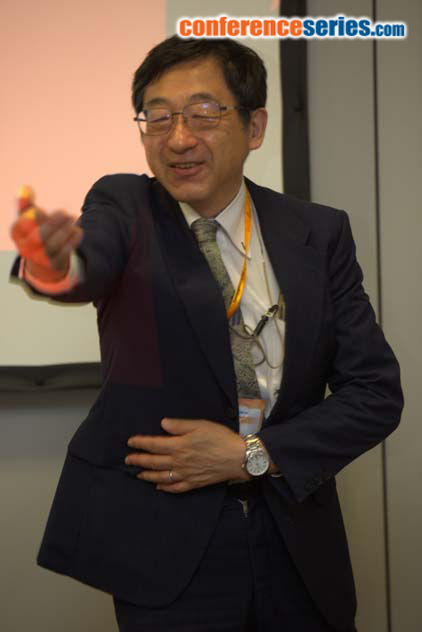
Shunsuke Mori
Tokyo University of Science, Japan
Title: Contribution of new energy technologies and unused energy sources for the Tokyo commercial buildings
Biography
Biography: Shunsuke Mori
Abstract
It is well understood that the energy conservation of the commercial buildings in the metropolitan area is one of the key issue under the environmental constraints. In Tokyo, since Olympic is being held in 2020, distributed energy technologies including CGS, Photovoltaics, new heat-pumps, etc., are expected to meet large air-conditioning demand in the summer season. In order to evaluate the contribution of these energy technologies, we have developed several models focusing on the regional energy supply-demand systems as well as the power expansion planning model of the utility. Recently, the unused thermal sources such as underground heat and the energy source from river are reconsidered; thanks to the progresses in the heat pump technologies. In this study, we investigate the contribution of new energy technologies for the buildings from two views: First, we look into three commercial and office buildings in the Tokyo area. We evaluate the energy demand on room cooling, room heating, hot-water supply and general electricity demand. We then develop an energy technology flow model shown in Figure 1. We also employ new energy technologies as follows; DC-inverter controlled heat-pumps which have almost constant COP in the low capacity utilization duration and the utilization of the thermal energy of the river and the underground energy which provide higher COP around 5-6. In this model, COP is formulated as a function of capacity utilization rates. This model is thus formulated as non-linear optimization model. We also include the energy transportation among building. Double-skin walls for the heat insulation are also evaluated. Another view focuses on the thermal energy transportation among regions. We divide Koto-area in Tokyo into 151 sub-regions in around 250 m by 250 m meshes specifying the building types. Including the potentials of unused energy sources such as underground heat, river heat sources, waste incineration heat, the possible contributions of these technologies and energy transportations among regions as well as the CGS are evaluated. Our model with the unused energy sources and new technologies demonstrates the potential and the limit of these new sources.
Recent Publications
1. Mori, S, et.al. , Two-Stage Approach for the Assessment of Photovoltaic and Cogeneration Systems: Integration of Regional Distributed Energy Systems and Power-Expansion Planning, J. of Energy Engineering (to appear)
2. Shiogama,H., Stone,D., Emori,S., Takahashi,K., Mori,S., Maeda,A., Ishizaki,S & Allen, M. R. (2016), Predicting future uncertainty constraints on global warming projections, Scientific Reports, | 6:18903 | DOI: 10.1038/srep18903, Jan.11, 2016
3.Mori,S. (2016), A new approach of carbon emission allocation among stakeholders: an expansion of Multiregional and Multisectoral Dynamic Energy‑Economic Model THERESIA, J. of Economic Structures, Vol.5, No.5, pp.1/22
4. Mori,S., et.al (2013), Data Center as a Key Player of a District Electric Power and Heat Network System: A Comparison in Urban and Suburb Regions, Computer Technology and Application 4 (2013) 548-555.
5.Mori,S. et.al. (2013), Minimum Regret Climate Policy with Act-Then-Learn Decision - A New Model Framework under Long-term Uncertainties, J. of Energy and Power Engineering, Vol.7, No.6, pp.1106-1115


